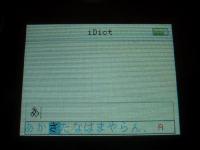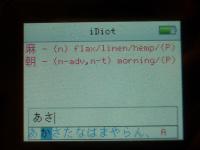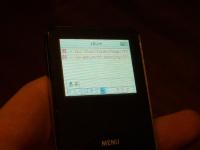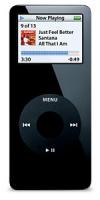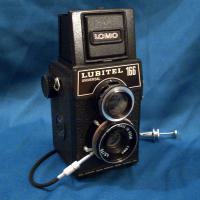 As announced previously, I shall soon take on my next intercontinental move. And with it, comes the quintessential thrice-a-decade shot at Zen-Buddhist enlightenment, by shedding my lowly physical existence of all the useless materialistic junk I have accumulated over the past few years.
As announced previously, I shall soon take on my next intercontinental move. And with it, comes the quintessential thrice-a-decade shot at Zen-Buddhist enlightenment, by shedding my lowly physical existence of all the useless materialistic junk I have accumulated over the past few years.
Put simply: I wanna travel light, when I leave in December. We all know that is not going to happen, but if at all possible, I would love to avoid reiterating last September’s episode of little old me, in the middle of Narita airport, handing over copies of Nietzsche’s Morgenröte and Russell’s History of Western Philosophy to hapless passersby, in a desperate effort to bring my luggage somewhere closer to the maximum weight allotted (including the extra 50% charitably granted by a sympathetic airline employee).
This Autumn cleaning, though, is more about uncluttering my life, getting rid of things I would never consider giving up, just making sure I keep my addiction to shiny baubles and uselessly expensive clothes under control. This is my own personal version of zen detachment: splurge on mindless consumeristic shopaholism for a few years, then strip it all down to three suitcases, the moment I skip the country.
And don’t think for a second that I am the unmaterialistic, happy-to-live-off-water-and-air, sort of guy: not only am I ridiculously attached to my things, but I also have this near-clinical tendency to pack every single bit of paper, receipt, bill etc. in the vague hope they’ll be of some use one day.
In this spirit, I have decided to offload my camera. Not any camera, mind you, but my faithful old Lomo Lubitel 166U.
Saying the любитель 166U was made by the Leningradskoye Optiko Mechanichesckoye Obyedinenie (Leningrad Optical Mechanical Union) in the early 80’s should give you an approximate idea of what we are dealing with. It was bought for less than $20 equivalent in roubles in a rather decrepit Moscow store, about 10 years ago. Although brand new then (came in a sealed box), it had already been sitting there for a good decade. Much like these rumoured Kalashnikovs made entirely of ceramic so as not to trigger metal detectors, this camera is pure plastic (with some glass for the lenses).
The Lubitel has made its reputation ever since as a cheap amateur camera that lets you easily take somewhat blurry artsy overexposed shots of people, without needing much of a formal training. Truth is: if you are half a photographer (Goddess knows I’m not, but having been assistant to one, I know the basics), you can take very decent pictures. Given proper conditions you might even come out with great pictures (the kind you usually only get with a $4K Swiss-sounding camera brand). It uses 2″1/4 rolls and a pretty wide aperture at its maximum setting, which means even your most underexposed mundane pictures will come out looking like the work of some seventies New York photographer if you squint a little.
As for me, I used it as my party camera: while the number of settings (all manual, of course) would usually be enough to confuse the most sober photographer, it turns out that overlooking most of them and just plain point-and-shooting with the focus on infinity gives, in 9 times out of 10, a very satisfying result. The tricky part was always to remember to advance the film manually. In fact, more than tricky, it’s damn near impossible, when down to your last 10% of neuron supply and pupils the size of a 500 yen coin, to spot the small, barely visible, indicator on the back of the camera that lets you see the numbers printed on the back of the film… My solution was to go by an approximate count and hope successive exposures wouldn’t overlap, that is: when I even thought of advancing the roll altogether. The results were often, to say the least, experimental (lots of double-exposures, some of them really neat).
Continue reading
